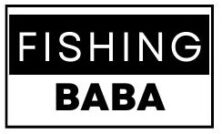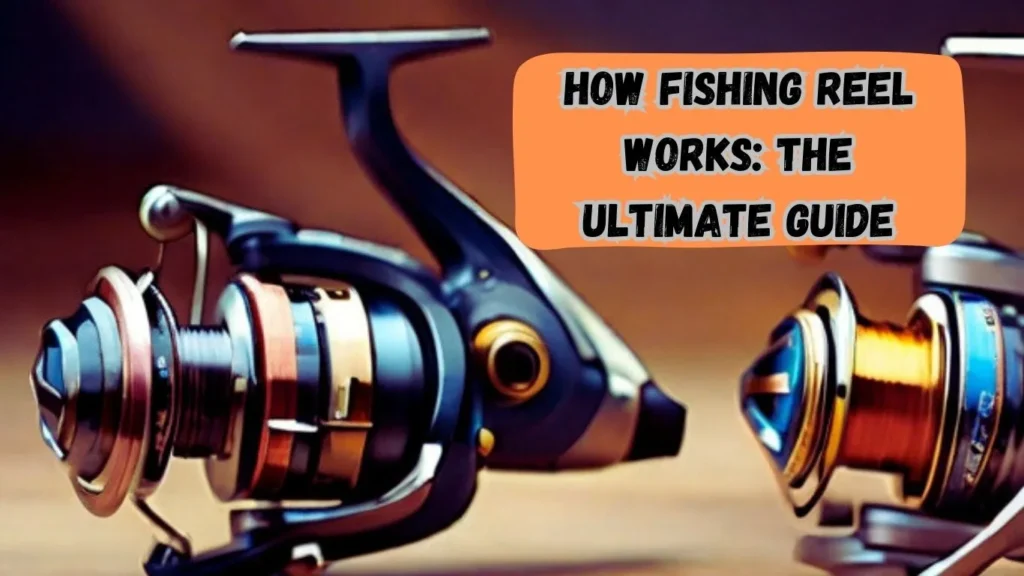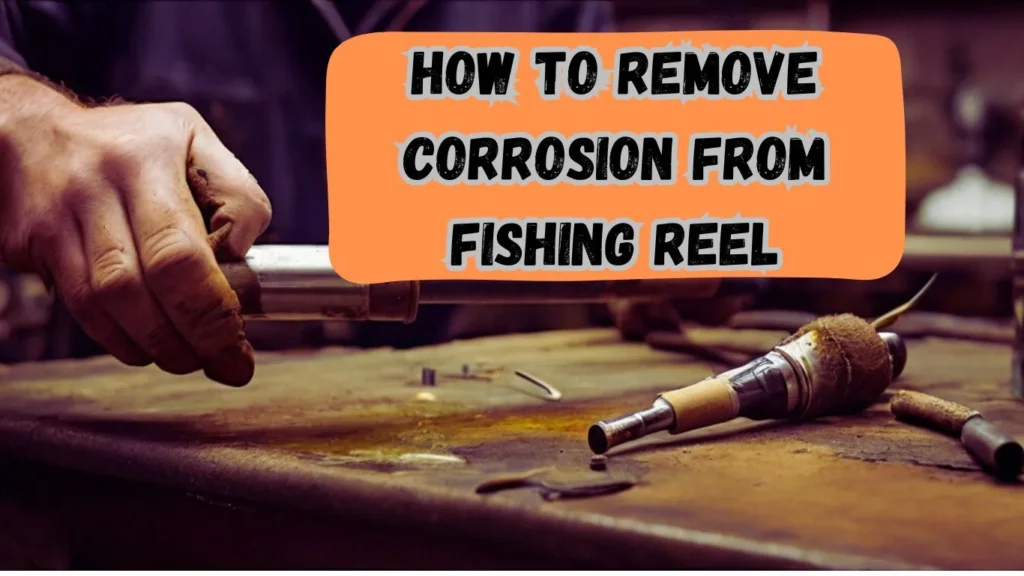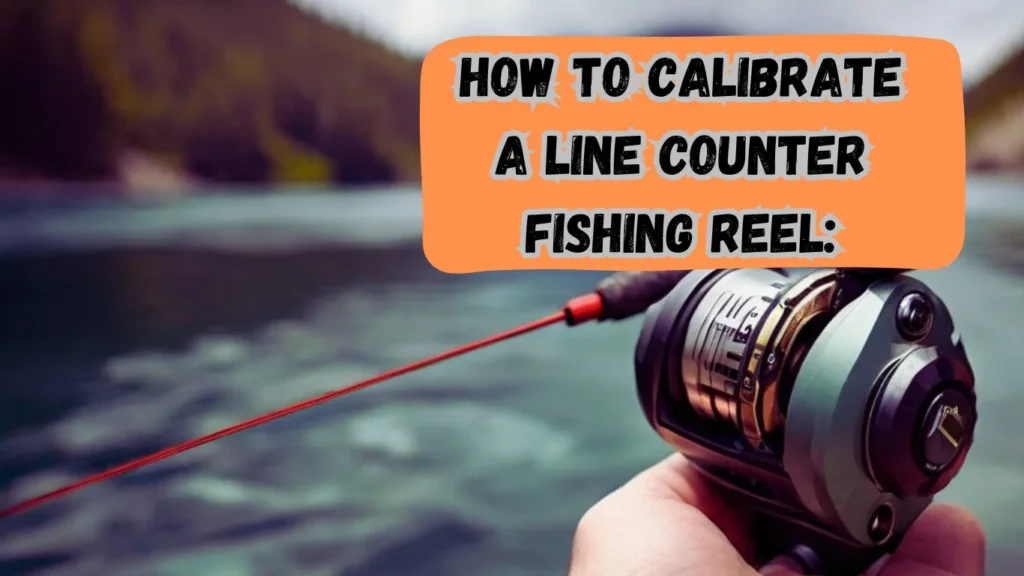Fishing is a beloved pastime for many, offering a relaxing and rewarding experience. A crucial part of this activity is the fishing reel. Understanding how fishing reel works can greatly enhance your fishing experience. In this guide, you’ll learn about the different types of fishing reels, their components, how they work, and how to maintain them for peak performance. Let’s dive in and explore the world of fishing reels.
What is a Fishing Reel?
A fishing reel is a mechanical device used in the sport of fishing. It helps anglers control and retrieve their fishing line efficiently. The reel is typically attached to a fishing rod and provides a mechanism to wind the line back in, allowing the angler to catch fish more effectively. With various types of reels available, each offers unique features suited to different fishing styles and environments.
Learn About>> When Was Fishing Reel Invented ?
Components of a Fishing Reel
Fishing reels consist of several key components that work together to facilitate smooth and efficient operation. These include:
Handle: The handle is where you grip the reel to operate it, turning it to wind the fishing line.
Spool: The spool holds the fishing line and rotates as you cast and retrieve.
Drag System: The drag system allows you to control the resistance when a fish pulls on the line.
Bail Arm: Found on spinning reels, the bail arm controls the release and retrieval of the line.
Gears: Gears transfer the power from the handle to the spool, enabling smooth reeling.
Reel Foot: The reel foot attaches the reel to the fishing rod.
Types of Fishing Reels
There are several types of fishing reels, each with its own advantages and preferred uses.
Spinning Reels
Spinning reels are the most common type of fishing reel. They are easy to use and versatile, making them ideal for beginners and experienced anglers alike. The spool is fixed, and the line is released when you open the bail arm. Spinning reels work well for light to medium tackle and can be used for freshwater and saltwater fishing.
Baitcasting Reels
Baitcasting reels offer precision casting and control, making them popular among experienced anglers. They have a rotating spool and a level wind mechanism that guides the line onto the spool evenly. These reels are best for heavy tackle and larger fish, and they require practice to use effectively.
Spincast Reels
Spincast reels are designed for simplicity and ease of use. They feature a closed face that protects the line from tangling. With a push-button release, they are beginner-friendly and suitable for light to medium tackle.
Fly Fishing Reels
Fly fishing reels are specialized reels used in fly fishing. They are designed to hold a fly line and are typically manual, without complex mechanisms. Fly reels focus on providing smooth drag to handle the sudden runs of fish.
Learn>> Types of fishing reels in Detail HERE
How Fishing Reel Works
Casting
When casting, the angler releases the line from the reel, allowing the lure or bait to travel through the air to the desired location. Depending on the type of reel, the casting process may involve opening a bail arm (spinning reel) or engaging a release button (spincast reel). Baitcasting reels use a thumb-controlled spool release for precise casting.
Retrieving
Retrieving the line involves reeling it back in, either by turning the handle or using a motorized mechanism in some reels. The goal is to bring the bait or lure back towards the angler while maintaining control and keeping an eye out for any fish bites.
Drag Control
The drag system is a crucial aspect of how a fishing reel works. It provides resistance when a fish pulls on the line, preventing the line from snapping. Adjusting the drag allows you to control the tension and handle the fish without losing it.
Using a Fishing Reel
Using a fishing reel effectively requires practice and familiarity with its features. Here are some steps for using a fishing reel:
- Set Up: Attach the reel to the fishing rod and spool the line according to the manufacturer’s instructions.
- Adjust Drag: Set the drag to an appropriate level based on the type of fish you’re targeting.
- Cast: Use a smooth motion to cast the line, releasing it at the right moment for maximum distance and accuracy.
- Retrieve: Turn the handle to reel in the line, keeping tension on the line to detect bites.
- Set Hook: When you feel a bite, set the hook by pulling back on the rod.
- Play the Fish: Use the drag system to tire the fish and bring it closer to shore or the boat.
Maintaining a Fishing Reel
Proper maintenance of your fishing reel can extend its lifespan and ensure optimal performance. Follow these maintenance tips:
- Clean the Reel: After each use, rinse the reel with fresh water to remove salt and debris.
- Lubricate Moving Parts: Apply oil or grease to gears and other moving parts as recommended by the manufacturer.
- Inspect for Damage: Check the reel for any signs of wear and tear, such as cracks or rust.
- Store Properly: Keep the reel in a dry, cool place to prevent corrosion.
Tips for Choosing the Right Fishing Reel
Choosing the right fishing reel depends on your fishing style and preferences. Consider these factors:
- Type of Fishing: Different reels are suited for different fishing styles (e.g., spinning reels for freshwater, baitcasting for heavy tackle).
- Experience Level: Beginners may prefer spincast or spinning reels, while experienced anglers may opt for baitcasting or fly reels.
- Fish Species: Match the reel to the size and type of fish you plan to catch.
- Budget: Reels come in a range of prices, so choose one that fits your budget and offers good value for money.
Common Fishing Reel Issues and Solutions
Fishing reels can encounter issues over time, but most can be resolved with basic troubleshooting.
- Line Twists: This can happen if the line is not spooled correctly or the bail arm is not closed properly. To fix this, re-spool the line and ensure the bail arm is closed.
- Backlash: Baitcasting reels may experience backlash if the spool tension is too loose. Adjust the spool tension to avoid this issue.
- Corrosion: Saltwater can cause corrosion in reels not designed for it. Rinse the reel with fresh water after each use to prevent corrosion.
Read>> how to put fishing line on a reel
Frequently Asked Questions (FAQs)
How do I prevent line tangles in my fishing reel?
To prevent line tangles, ensure the line is spooled correctly and the bail arm is closed when not in use. Avoid overfilling the spool and check for twists in the line.
What is the best fishing reel for beginners?
Spincast and spinning reels are the best options for beginners due to their ease of use and simplicity. They allow new anglers to focus on learning the basics of fishing.
How often should I clean my fishing reel?
You should clean your fishing reel after every use, especially if you’ve been fishing in saltwater. Regular cleaning helps maintain performance and prolongs the reel’s life.
Can I use a baitcasting reel for all types of fishing?
Baitcasting reels are best suited for heavier tackle and larger fish. While they can be used for various fishing types, they’re not ideal for very light tackle or finesse techniques.
Why is my fishing reel making a clicking noise?
A clicking noise may indicate an issue with the reel’s gears or other internal components. Check the reel for any signs of wear or damage and consider having it serviced.
How do I set the drag on my fishing reel?
To set the drag, adjust the drag knob on the reel while holding the rod. The drag should allow the line to pull out smoothly but with enough resistance to tire out the fish.
Conclusion
Fishing reels are an essential part of any angler’s gear. Understanding how fishing reel works, from casting and retrieving to drag control, can greatly improve your fishing experience. By choosing the right reel for your needs and maintaining it properly, you can enjoy many successful fishing trips. Whether you’re a beginner or an experienced angler, mastering the use of a fishing reel is key to reeling in that perfect catch.
Also read>>
Reasons Fishing reel handles are interchangeable




